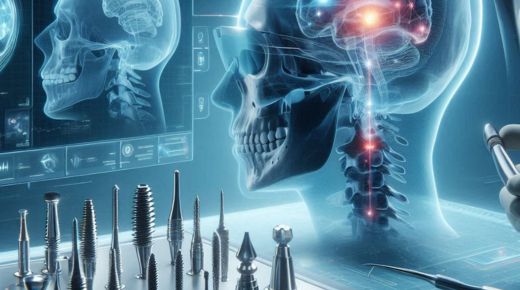Possibilities are endless when it comes to the revolution in technology. The way virtual surgical planning and guided implant placement are integrated, the future of accurate implant placement for optimal results is not away in Chehalis, WA. Virtual surgical planning involves using computer software in order to plan surgeries before they actually happen. Surgeons have the ability to create a 3D model of the patient’s body with the help of a CT scan or other imaging techniques.
The potential to predict challenges and any shortcomings before they actually happen and plan each step in advance is what makes this procedure more accurate and reliable. Make sure that you consult an experienced professional who has had the proper training and experience for installing dental implants in Chehalis, WA. Make sure they know how to use the technology in order to give you more efficient results over a more extended period of time.
What is Virtual Surgical Planning?
Virtual surgical planning is known as a pre-surgical approach, where computer technology is used to plan surgery in detail. 3D imaging is also used in this process to make sure that the surgeons get a comprehensive view of the patient’s anatomy. This also allows them to simulate the surgery before the actual procedure happens in order to know the outcome and avoid any possible complications.
- 3-D Imaging
CT and MRI scans are done to create a digital representation of bones, tissues, and vital structures. The virtual surgical procedure starts with gathering detailed images of patients’ anatomy. The data from these cans can be put into specialized software in order to create 3D models of the patient’s anatomy. Surgeons can manipulate these models in a virtual environment to see the structure from various angles rather than having to do it physically on the patient.
- Pre-surgical Planning
Surgeons will use the 3D models to simulate the entire surgical procedure virtually from start to end. They can plan out every step, identify any potential problems or difficulties, and change their approach in order to avoid complications during the actual surgery. Virtual surgical planning allows the surgeons to tailor the surgical plan based on the patient’s unique anatomy. This is very important in cases like reconstructive surgery, where the entire structure has to be reconstructed, and there is no room for error.
What Is Guided Implant Placement?
Guided implant placement is a very modern and technology-driven method that will use the virtual surgery planning data in order to create a physical or digital guide that can help the surgeons during the procedure to ensure the proper placement of implants.
- Surgical Guides
After the virtual planning, customized surgical guides are created based on the 3D model. These guides are either physical templates or digital instructions that are used during the surgery to assess the surgeon’s implant placement. This is typically made from biocompatible materials, and they can fit directly onto the jaw bones or any other bones to ensure that the implant is placed exactly where it was planned.
What Are The Types of Implants In Guided Placement?
Dental implants are the most common application of guided implant placement, where the guide helps to position the dental implants at the correct angle, depth, and orientation they should be in.
Orthopedic implants are used for joint replacements like knees or hips, where guided placement makes sure that the alignment is precise and reduces the risk of misalignment or dealing with any problems that can be post-surgical complications.
Craniofacial implants are used in facial reconstruction surgeries. These are the type of guides that help in placing the bone grafts or screws in exact positions in order to restore the symmetry and functionality of the face. The main benefit of this guided implant placement is the precision and weight that it offers, which reduces the risk of nerve damage, misalignments, or implant failure.




